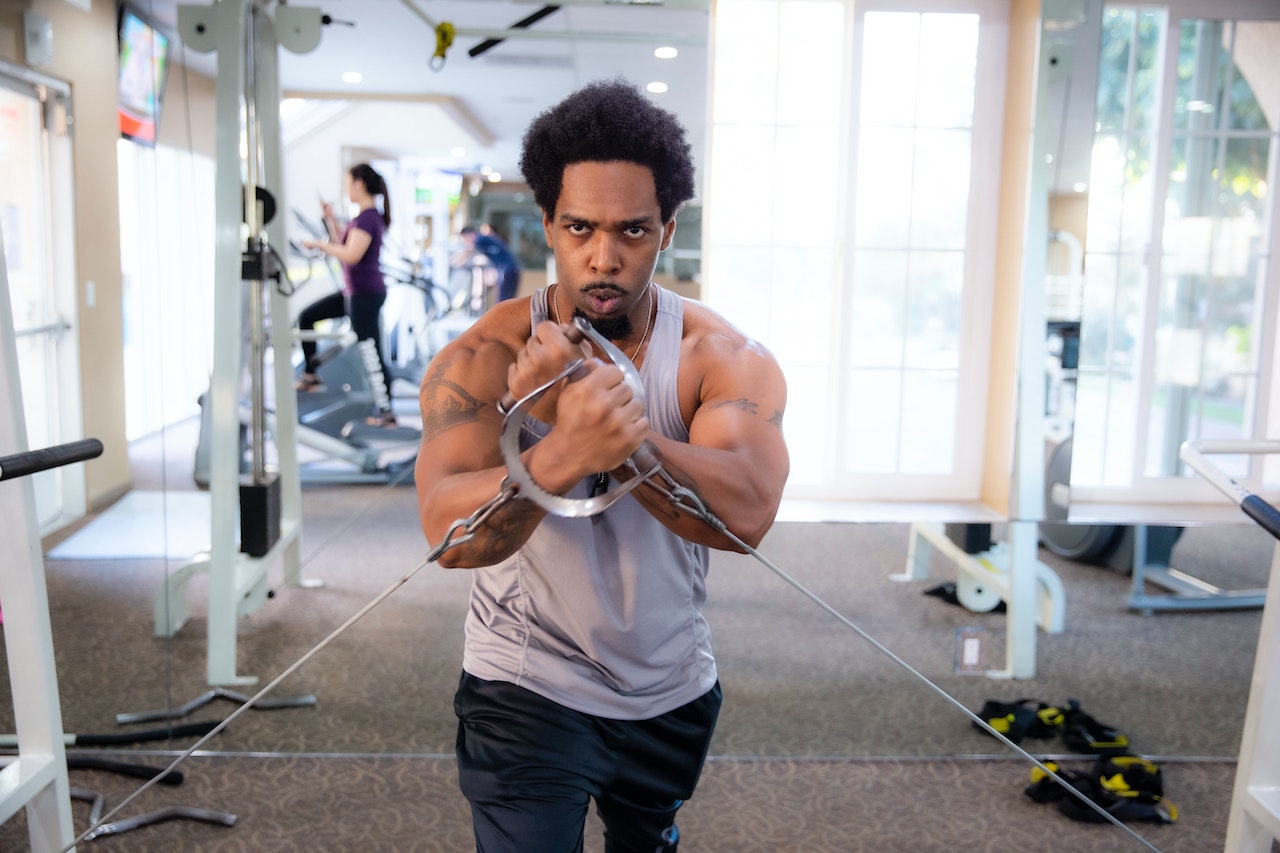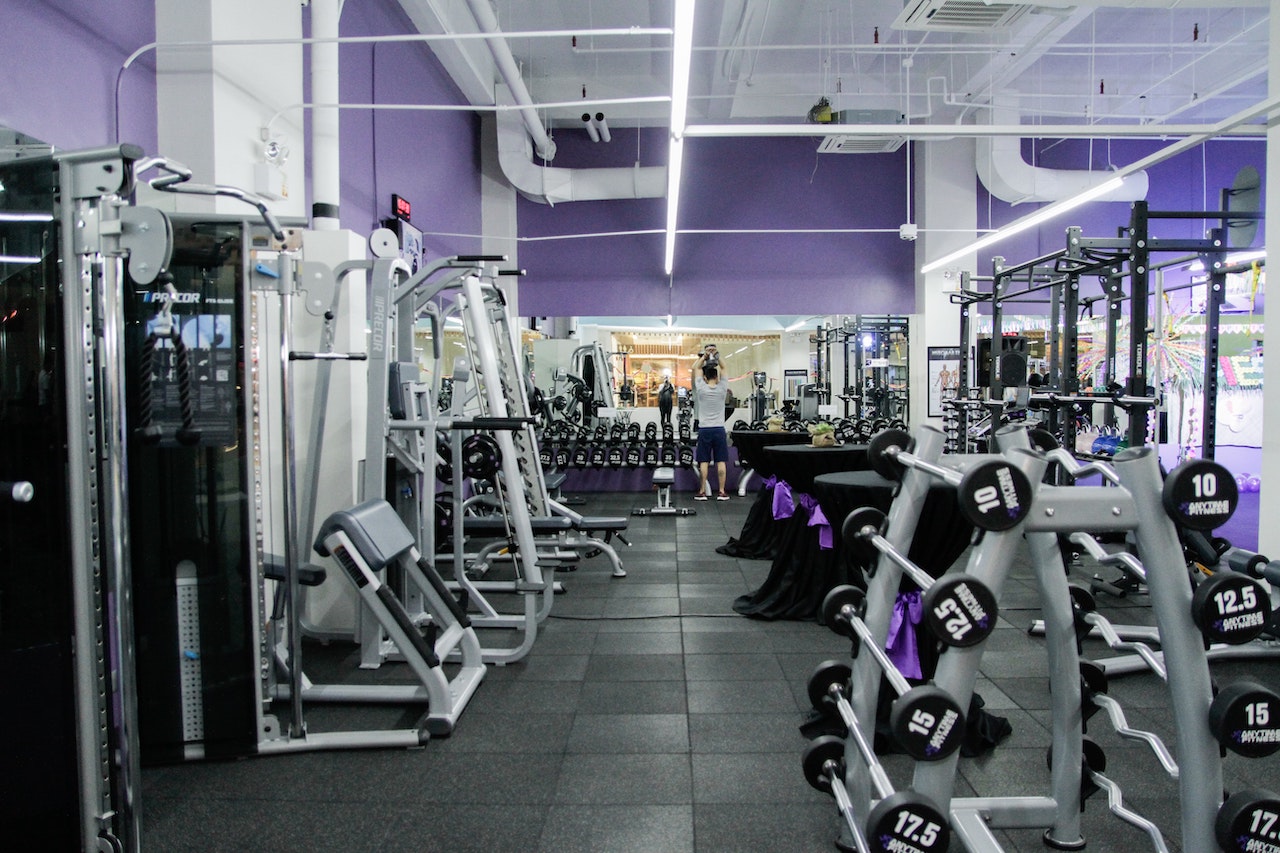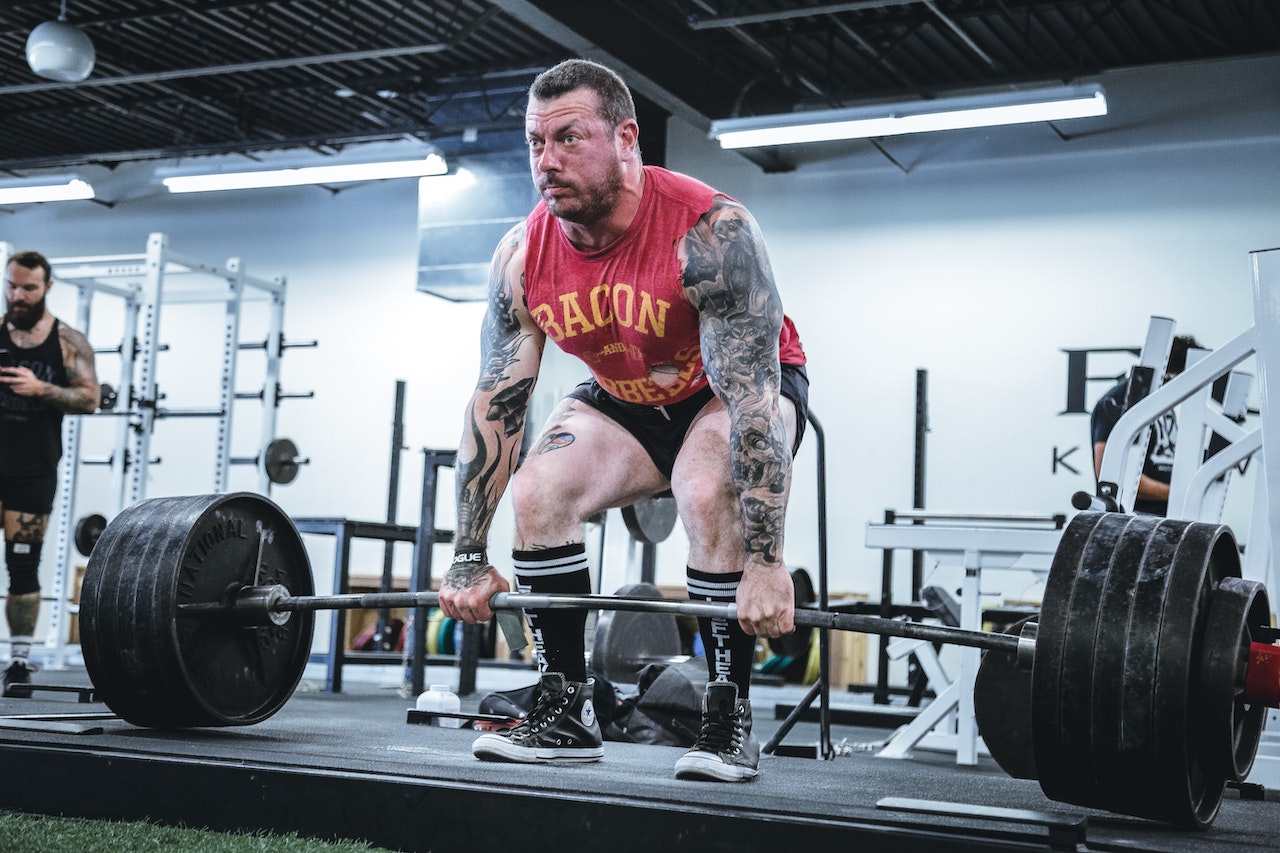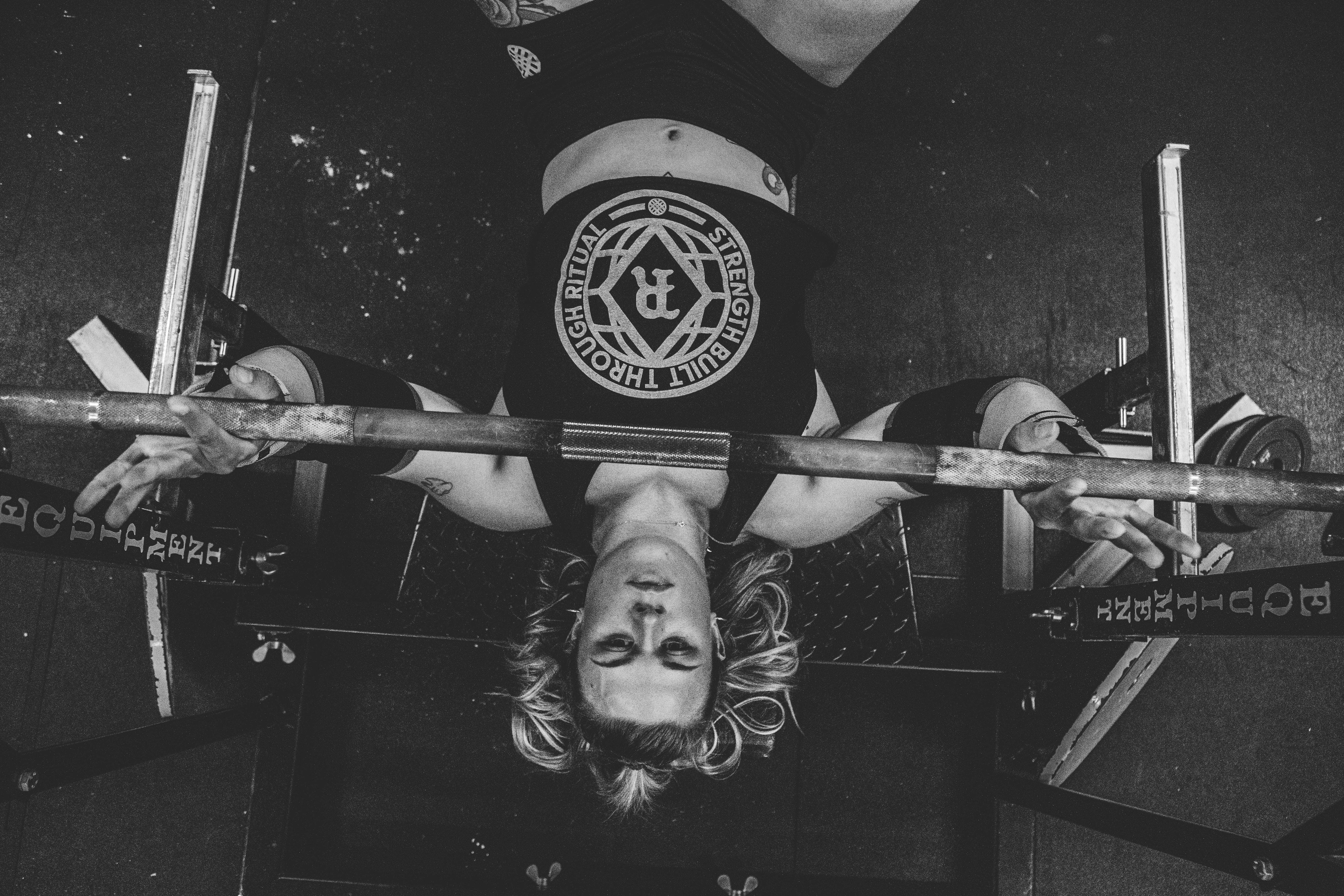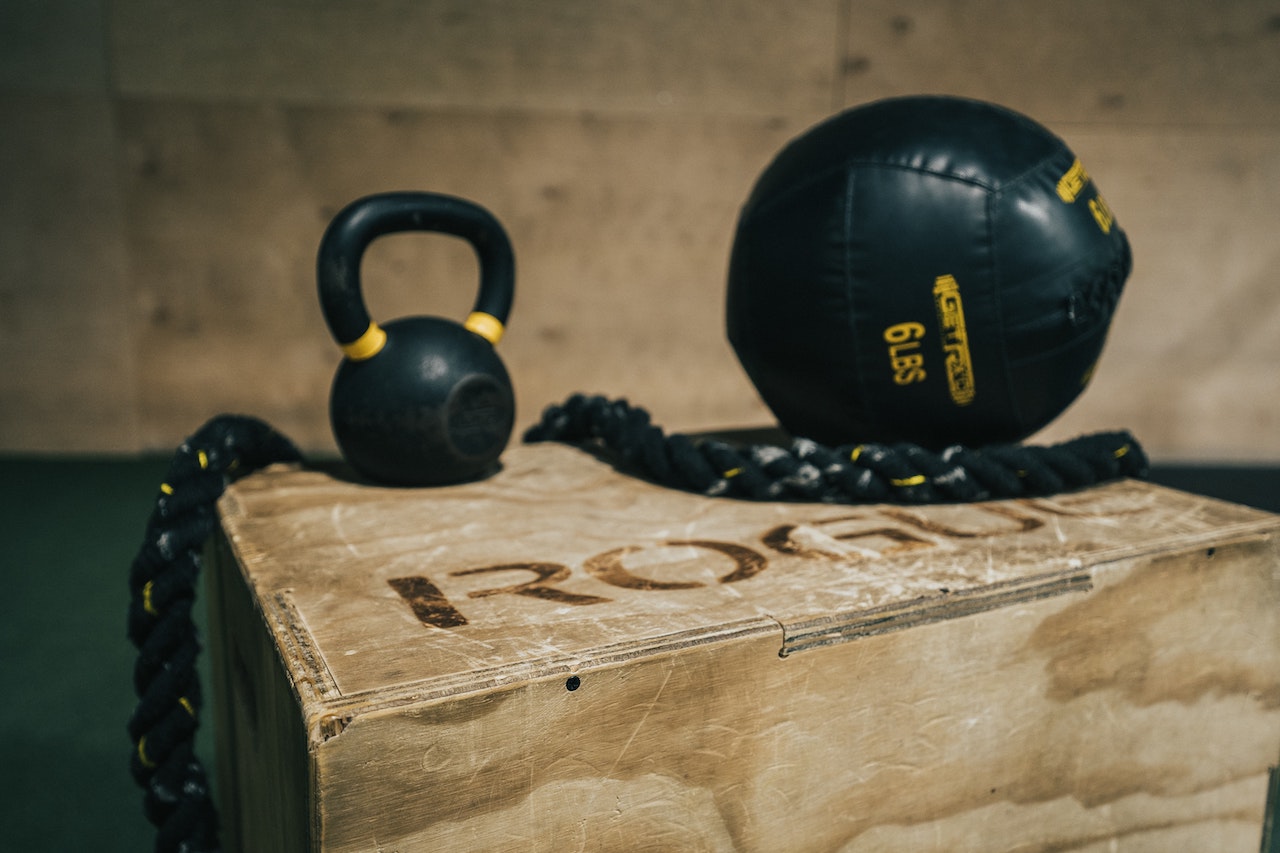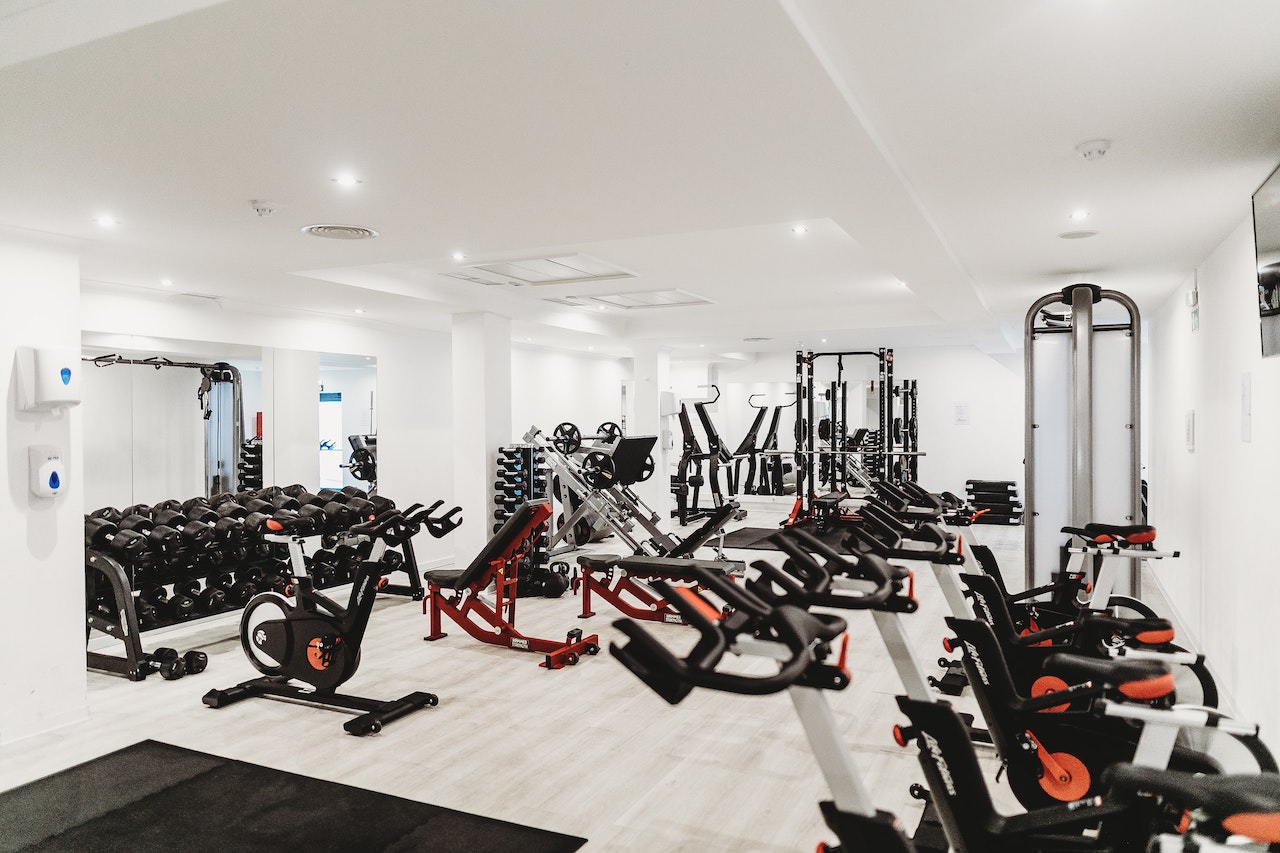When you're working out in the gym, the order is important. Simply put, the order in which you train is actually one of the key factors in determining the effectiveness of your workout.

One rule to remember first is to do more technical and more difficult full body exercises before focusing on isolation training for small muscle groups.
However, there is no universal 'correct' order. Asking "What is the best order to work out in" Is like asking a go master what is the best move to make? What difference does it make?
That said, if you don't know where to start, these seven principles of training order will help.
1. Should you do strength training or cardio first?

Should you do cardio before strength training?
The answer depends on your goals. If you want to build muscle, you should start with 5 to 12 minutes of low to moderate intensity cardio to get your blood flowing (to the target muscle groups). It can also be a quick dynamic warm-up, or you can work out on a treadmill or elliptical machine. But to avoid overworking your muscles, you want to stay refreshed before your official strength training session, which is what you must follow to build strength.

In one study, researchers compared workouts with just strength training, running followed by strength training, and cycling followed by strength training. They found that if exercisers only did aerobic exercises such as running or cycling, then they did not do as many reps. Another study found that when exercisers ran on the treadmill first, they didn't do as many reps in strength training afterwards and their muscle strength decreased. So if strength is your goal:Warm up, do strength training and then if you want to add cardio into your workout, finish it off with a longer cardio session.
However, if you are training for a race, or want to build aerobic endurance, then start with cardio, just be careful when it comes to strength training. Long periods of steady cardio or high intensity interval training can tire your body out, so only do as much strength training as you can while maintaining good form. Or consider strength training at a time when you don't need to log your training volume so you can gain weight (bulk up).
2. Enhancement style training is done first.

Augmentation interval training is highly regarded for its ability to make you more explosive. It is generally recommended to do only two augmentation exercises a week. On training days, do them after the warm-up but before anything else.

Although these movements will make you firmer and faster, they should not be done when you are fatigued. All movements are all-out efforts to maintain good form. At the end of your workout, it won't be as explosive as when you first started and therefore the effect will decrease as fatigue sets in.
When you are already tired, you may get injured if you try any single leg combined with tool workouts. So stop when your posture becomes unstable.
3. Do multi-joint exercises before single-joint exercises.

If you really want to reap the benefits of strength training, multi-joint (also known as "Compound") exercises are the most effective. Compound exercises like squats, hard pulls and push-ups work multiple joints (such as the knees, hips and shoulders) and therefore work multiple muscle groups. They increase strength throughout the body, quickly raise the heart rate and also improve coordination and balance.
But here's the thing:Compound exercises usually require more skill than working just one muscle group, which means you need to be in as good a shape as possible when doing them. That's why we recommend doing compound exercises first.
Research backs this up:One study found that when a group of untrained men performed strength training, they made greater progress with the movements they worked on at the beginning of each session than they did at the end.

After a multi-joint exercise, you can continue with a single-joint exercise. Single joint and single muscle group exercises can often still be performed well in a fatigued state.
Luciani says the risk of performing compound exercises in a fatigued state is twice as high. "If you do compound exercises when you're extremely fatigued, you're going to make technical errors, which reduces the effectiveness of building muscle and teaching safe movement patterns, and increases the risk of injury." Heh.
4. Do high energy expenditure self weight exercises first.

If you are only doing self-repelling exercises in your workout, you may think that the order doesn't matter. Wrong! Especially if you are a newbie in the gym. Use the same principle as above:Do the movements that require more energy first. Think of it this way: Which burns more energy, doing push-ups or squats? Yes, it's an unassisted squat. Pull-ups or glute bridges ? A pull-up.

If you are an experienced exerciser, the risk of injury during self weight training is low, regardless of the order of the exercises. However, those who are just starting to learn full-body exercises such as push-ups or squats should do them first so they can stay in shape and get all the benefits of building muscle.
5. Ensure safety during training.

What if you were doing a circuit where you were doing a variety of movements in succession (full body strength training with no or few intervals)? The good news is:If you choose to be able to do 15 to 20 reps of deadlifts safely, you're good to go.
If you've ever taken a hiit-style class, you've probably already completed a circuit. Just don't let your ego get in the way. Choose a deadlift that you can safely use for 15 to 20 reps of circuit training, and the order of the movements won't matter on that basis.
6. Change.

Many people structure their exercise programme according to specific muscle groups. For example, monday is back and shoulders, tuesday is chest and triceps, etc. This classification combines different exercise patterns to help you build muscle effectively while reducing the risk of injury. However, if you do the same leg exercises every time you go to the gym, you're doing it wrong and you should change the order of the exercises in stages.
Why? Studies have shown that people do more repetitions in the first training movement than in all the other movements in that cycle or sequence. So, for example, if you always do pushing exercises (e.g. Bench press) to start a movement workout. Your pulling muscles will not be as strong as your pushing muscles!

Our advice is simple: Rotate. Adjust the order of the various movements in strength training on a cyclical basis. 7.
7. Save the abs for last.

There's a reason you usually come to ignite your core muscles after you've finished the session:Core muscle circuits should be completed at the end of the workout. Remember, compound and full-body movements like push-ups do even more for your core than plank support.
Want a nice set of abs? Follow up a strength training session with 10 minutes of abs training.
Take a little extra time to refer to the principles above to plan the order of the exercises you'll do. But there is one basic rule: The exercises that burn the most energy and large muscle groups should be done first.






